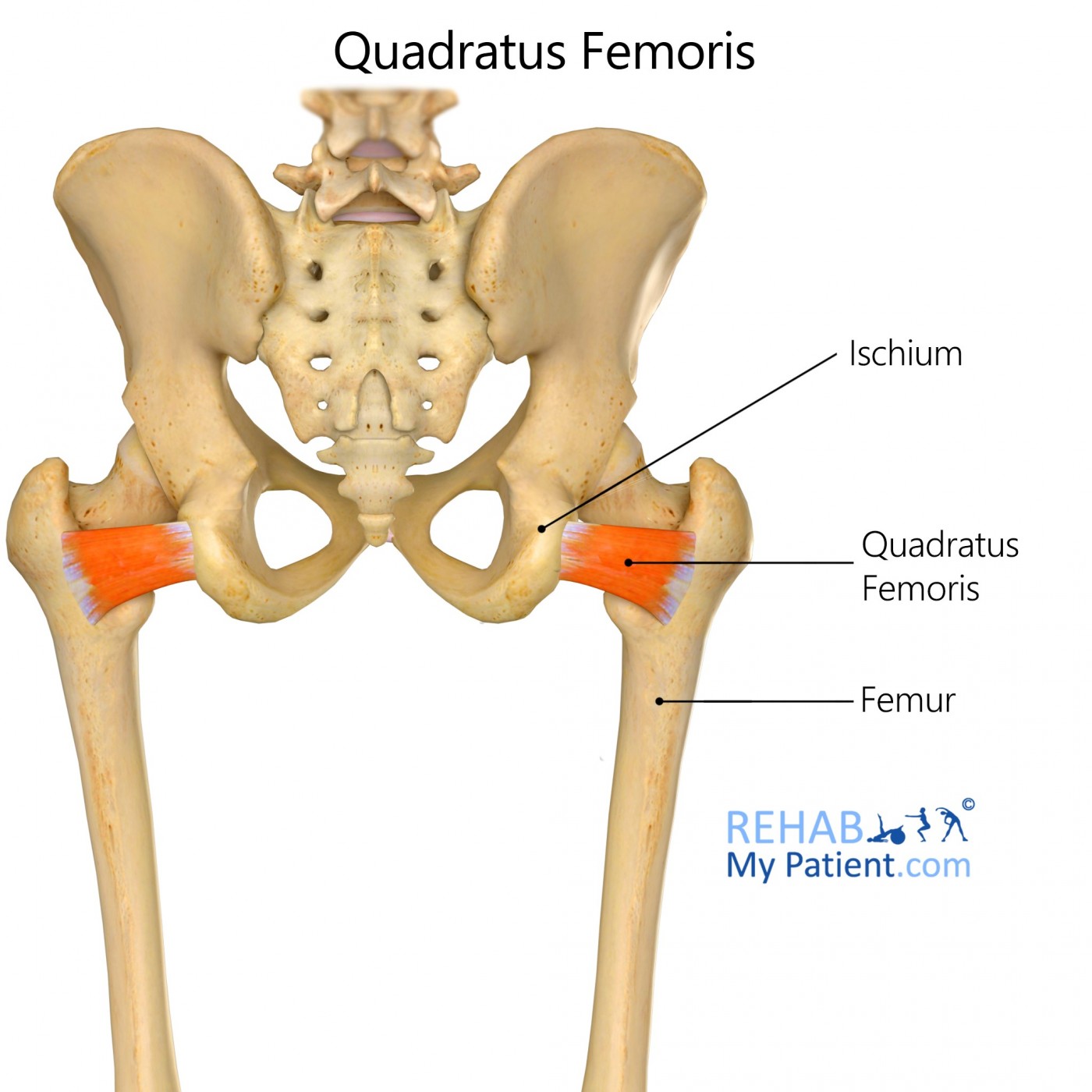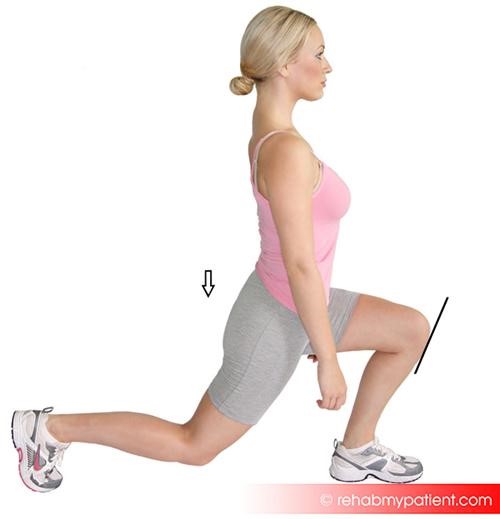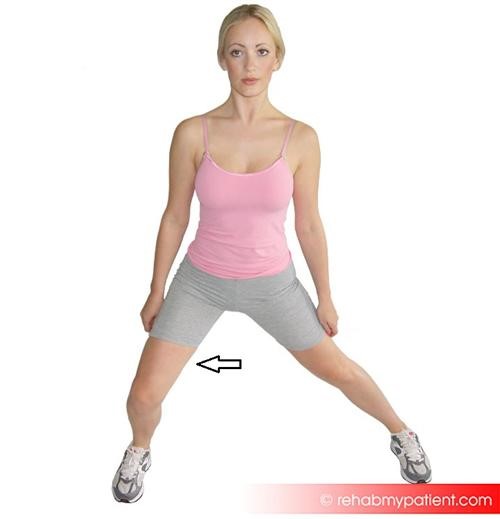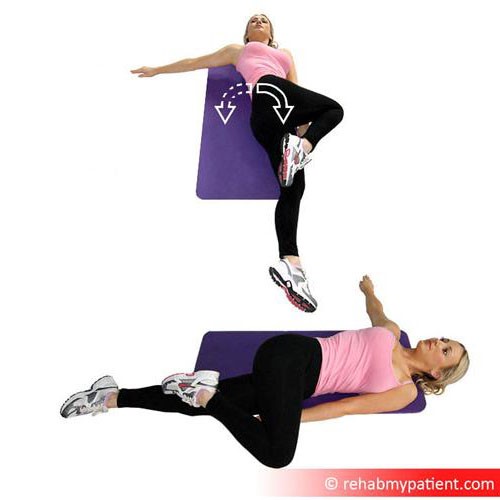
General information
Quadratus femoris is a hip-joint muscle that rotates the thigh, abducts the knee, and stabilizes the hip.
Literal meaning
Square muscle of the thigh.
Interesting information
Quadratus femoris is the rectangular shaped muscle in the gluteal region posterior to the hip. This muscle is responsible for the lateral rotation of the extended thigh, the abduction of the flexed knee, and assists in stabilizing the hip joint. Injuries include strains, tears, and ruptures and are often caused by not warming up properly, a traumatic fall or accident, muscle fatigue, and activity during cold weather. Common treatments for injury include rest, NSAIDs, and stretching.
Origin
Lateral surface of ischial tuberosity.
Insertion
Quadrate tubercle above middle trochanteric crest of posterior side of femur.
Function
Rotates the hip laterally.
Helps adduct the hip.
Nerve supply
Branch of sacral plexus S1, S2.
Blood supply
Internal pudendal and inferial gluteal arteries leading from iliac artery.
Femoral artery.

Relevant research
This case study presents evidence that magnetic resonance imaging is useful in confirming the diagnosis of quadratus femoris tendinitis when physical examination and heriography cannot confirm typical causes of groin pain. Quadratus femoris tendinitis is a disabling groin pain caused by the inflammation of the quadratus femoris tendon at the insertion into the femur.
Klinkert, P., Porte, R. J., De Rooij, T. P., & De Vries, A. C. (1997). Quadratus femoris tendinitis as a cause of groin pain. British journal of sports medicine, 31(4), 348-349.
This case study presents evidence that magnetic resonance imaging (MRI) is an important tool in assisting clinicians in the correct diagnosis of the cause of hip pain. A quadratus femoris tear is an uncommon injury which can be acute or chronic with pain present in the gluteal or groin regions or both, making diagnosis difficult. MRI provides exceptional visualization and characterization of abnormalities, allowing the clinician to make an accurate diagnosis and recommend treatment.
O'Brien, S. D., & Bui-Mansfield, L. T. (2007). MRI of quadratus femoris muscle tear: another cause of hip pain. American Journal of Roentgenology, 189(5), 1185-1189.
Quadratus femoris exercises
Multi-Directional lunge
Stand with feet together. Step forward with right leg. Lower body down until left knee almost touches the ground. Push against the ground with right leg to return to the starting position. Step to the right with right leg and feet pointing forward. Lower the body down to the side lunge while keeping left leg straight. Extend arms in front of body for balance. Push right leg against the ground to return to the starting position. Turn to the right, and step forward into a lunge. Pivot the left hip and foot at the same time. Lunge down, push back up and return to the starting position. Perform a total of 15 lunges on both legs for two to three sets.


Supine hip rotator stretch
Lying flat on your back, cross one leg over the other by twisting your hips and spine. Keep your opposite arm outstretched. You can hold on to your knee to make the stretch stronger if you feel comfortable. Perform five to six reps per side for two sets.

Sign Up
Sign up for your free trial now!
Get started with Rehab My Patient today and revolutionize your exercise prescription process for effective rehabilitation.
Start Your 14-Day Free Trial